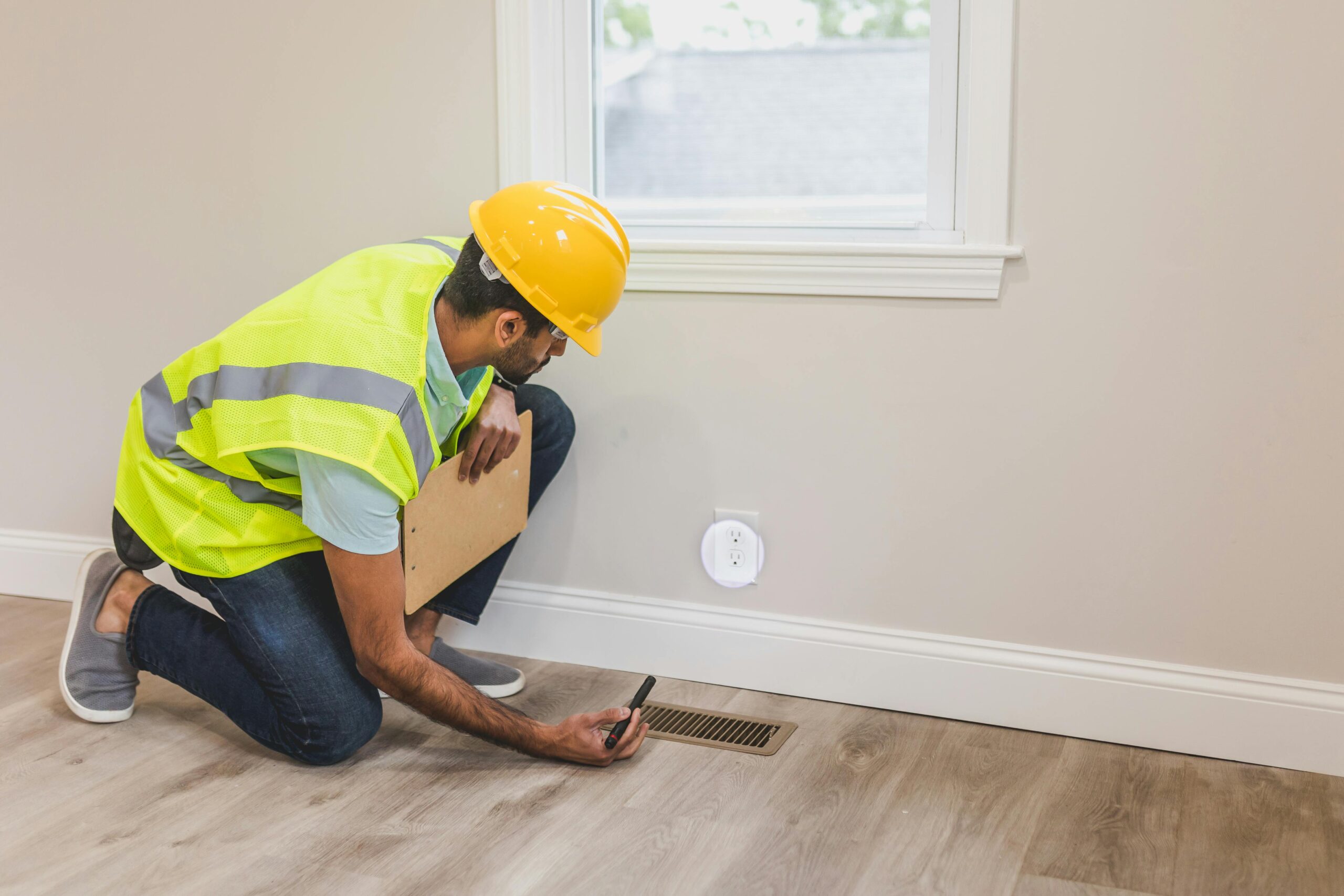Modern homes are built to be increasingly airtight for energy efficiency, but this can lead to poor indoor air quality when stale air remains trapped inside. Energy Recovery Ventilators (ERVs) and Heat Recovery Ventilators (HRVs) offer solutions by providing fresh air ventilation systems while minimizing energy loss. These systems work by transferring heat between outgoing and incoming air streams, significantly improving home ventilation efficiency. Understanding the differences between ERV vs HRV systems can help homeowners make informed decisions about which technology best suits their specific climate and needs.
Understanding Ventilation Challenges in Modern Homes
Today’s energy-efficient homes present a paradox: while tight building envelopes reduce heating and cooling costs, they can trap pollutants, moisture, and odors inside. Without proper ventilation, these contaminants can degrade indoor air quality and potentially cause health issues for occupants. Simply opening windows isn’t always practical, especially in extreme weather conditions or polluted environments. This is where specialized fresh air ventilation systems become essential for maintaining healthy indoor environments without sacrificing energy efficiency.
How Heat Recovery Ventilators (HRVs) Work
A heat recovery ventilator functions as the lungs of your home, constantly exchanging stale indoor air with fresh outdoor air. The core heat recovery ventilator benefit is its ability to transfer thermal energy between airstreams. As warm indoor air is exhausted outside during winter, the HRV captures up to 85% of that heat and transfers it to the incoming fresh air. This preconditioning process dramatically reduces the energy required to heat incoming air to comfortable temperatures. The two airstreams never mix, ensuring that only fresh air enters your living space while contaminants are expelled outside.
Energy Recovery Ventilator Explained
While HRVs focus primarily on heat transfer, energy recovery ventilators go a step further. In addition to capturing heat, an ERV also transfers moisture between the two airstreams. This capability makes ERVs particularly valuable in climates with significant humidity differences between indoor and outdoor environments. During winter, an ERV will help retain indoor humidity, preventing the dry air that often accompanies heating systems. In summer, it works to remove moisture from incoming humid air, reducing the load on air conditioning systems and improving overall comfort.
Key Differences Between ERV vs HRV Systems
The primary distinction in the ERV vs HRV systems debate centers on moisture handling. HRVs transfer heat only, while ERVs transfer both heat and moisture. This difference makes each system ideal for different scenarios. HRVs tend to perform better in colder northern climates where indoor humidity needs to be reduced during winter months. ERVs typically excel in hot, humid regions where maintaining indoor humidity at comfortable levels is challenging during air conditioning season. The decision between these systems should consider your local climate, existing HVAC equipment, and specific home ventilation needs. For personalized advice on which system might work best for your home, consulting with professionals through AskHomey can provide valuable insights tailored to your situation.
Benefits Beyond Energy Efficiency
Both systems offer advantages that extend beyond improving home ventilation efficiency. By continuously supplying fresh air while removing indoor pollutants, these systems can significantly enhance indoor air quality. They help eliminate cooking odors, reduce indoor pollutants from cleaning products and furnishings, and decrease carbon dioxide levels that can build up in tightly sealed homes. For allergy sufferers, the filtration components in both ERVs and HRVs can reduce exposure to outdoor allergens compared to opening windows for ventilation. Additionally, controlling humidity levels helps prevent mold growth and protects the structural integrity of your home.
Installation Considerations
Installing an ERV or HRV typically requires professional expertise. These systems can be integrated with existing HVAC equipment or installed as standalone units. The installation approach depends on your home’s configuration, existing ductwork, and specific ventilation requirements. Central systems connect to your home’s ductwork and provide whole-house ventilation, while point-source units serve individual rooms or zones. For optimal performance, proper sizing is crucial—a system that’s too small won’t provide adequate ventilation, while an oversized unit may waste energy and create excessive noise.
Maintenance Requirements
To maintain optimal performance of your fresh air ventilation system, regular maintenance is essential. This typically includes cleaning or replacing filters every three to six months, inspecting and cleaning the heat exchange core annually, and ensuring exterior vents remain free from obstruction. Proper maintenance not only extends the life of your system but also ensures it continues to operate efficiently and provide the indoor air quality benefits you expect. Most manufacturers provide specific maintenance guidelines for their equipment that should be followed closely.
For more tips and to connect with reliable home service professionals, follow AskHomey on Facebook and Instagram.



